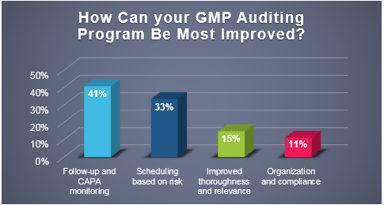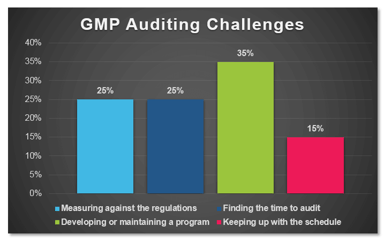Understanding FDA Requirements for Medical Information Services in the US
In the highly regulated industry environment, medical information (MI) services are far more than a support function, providing information to patients, caregivers, and Healthcare Professionals; they’re a cornerstone of compliance. The Food and Drug Administration (FDA) sets clear expectations for...













